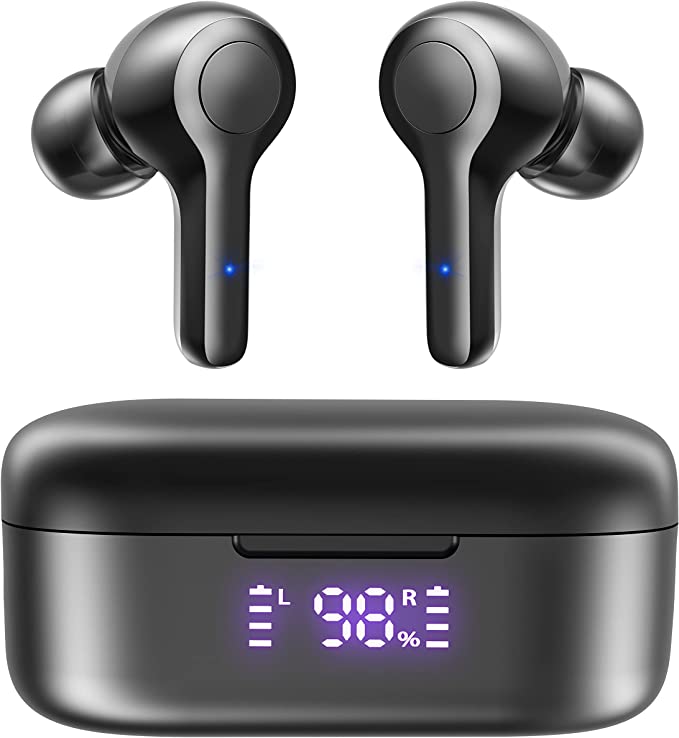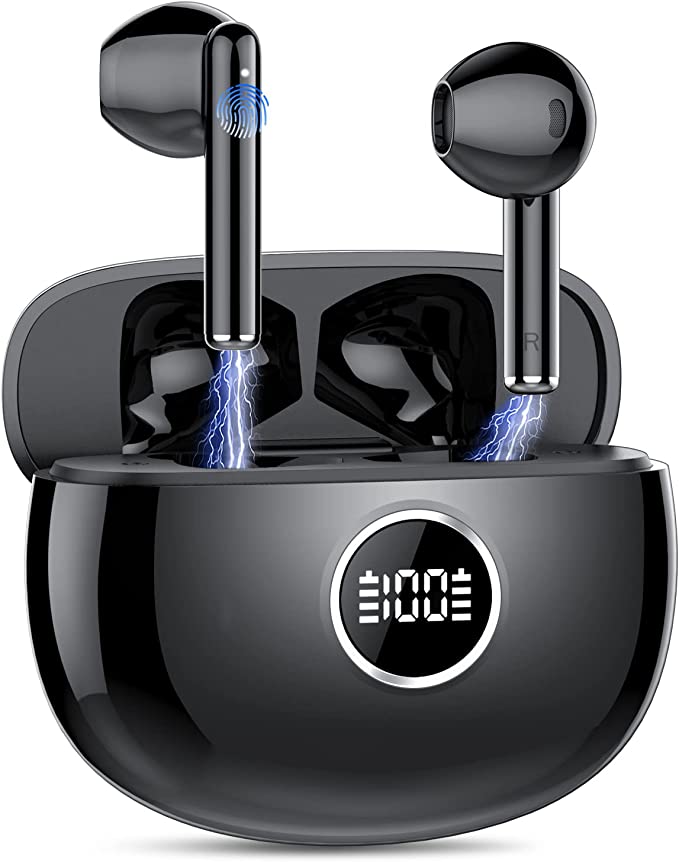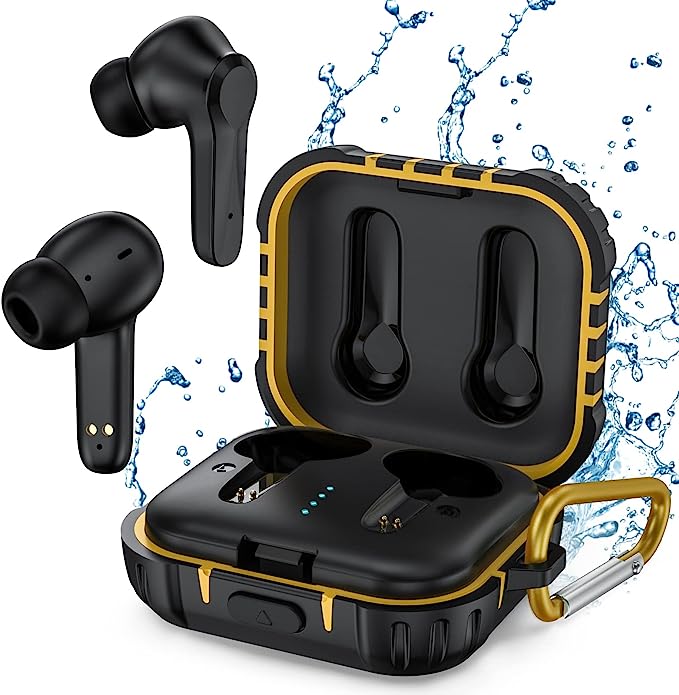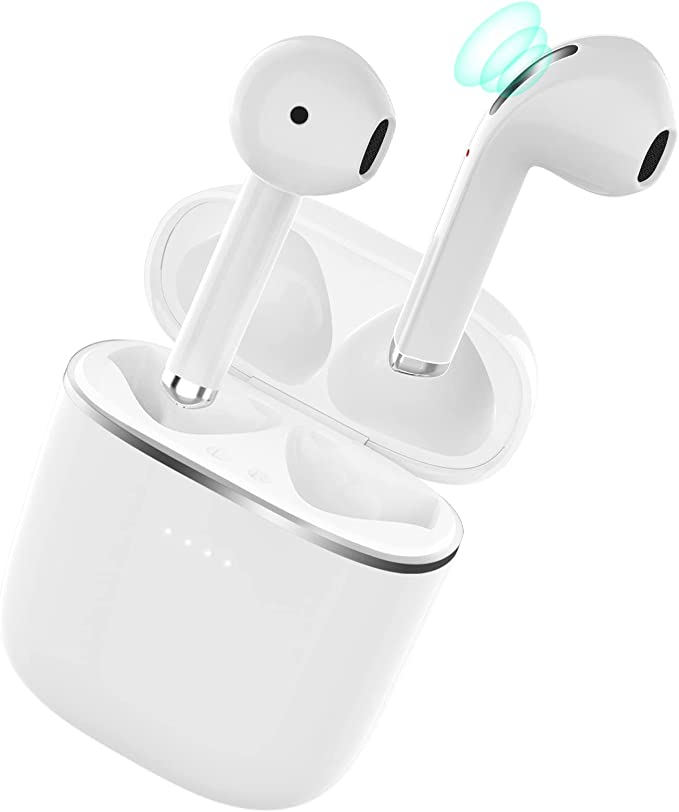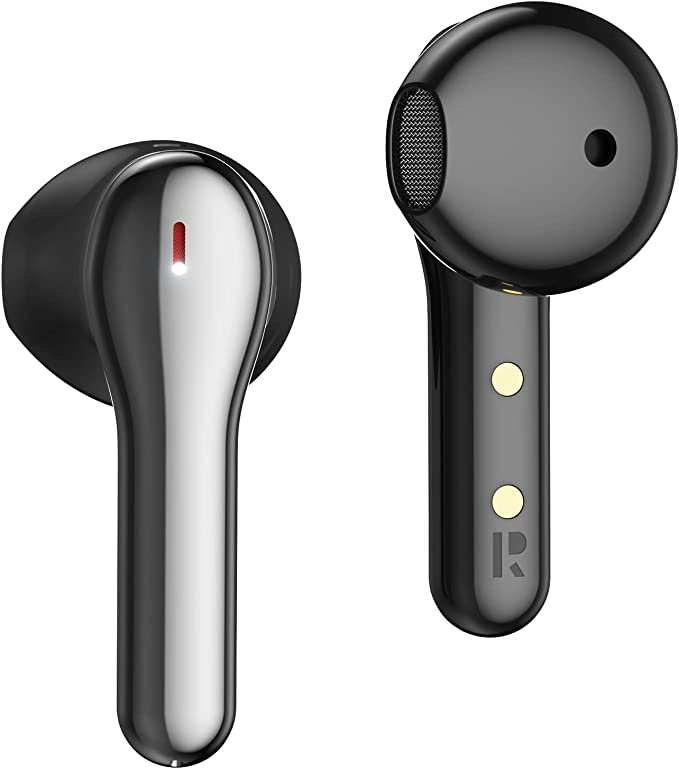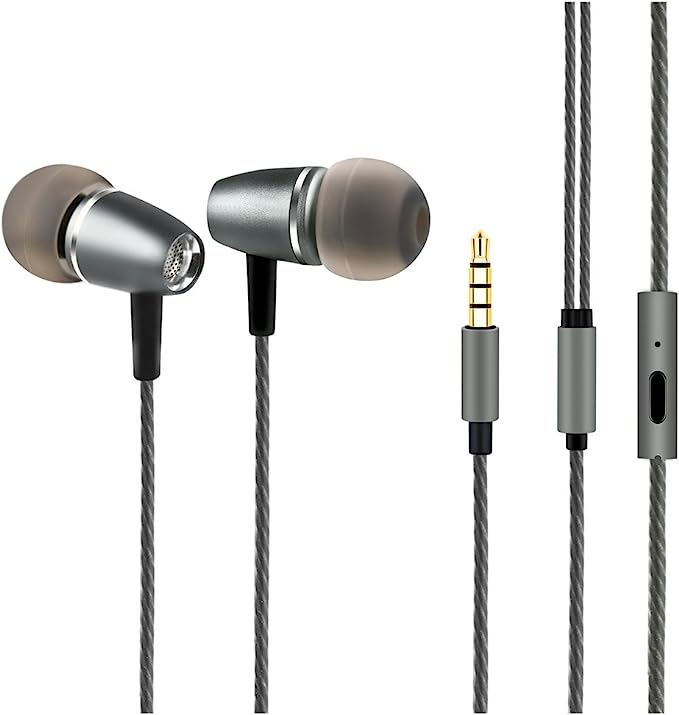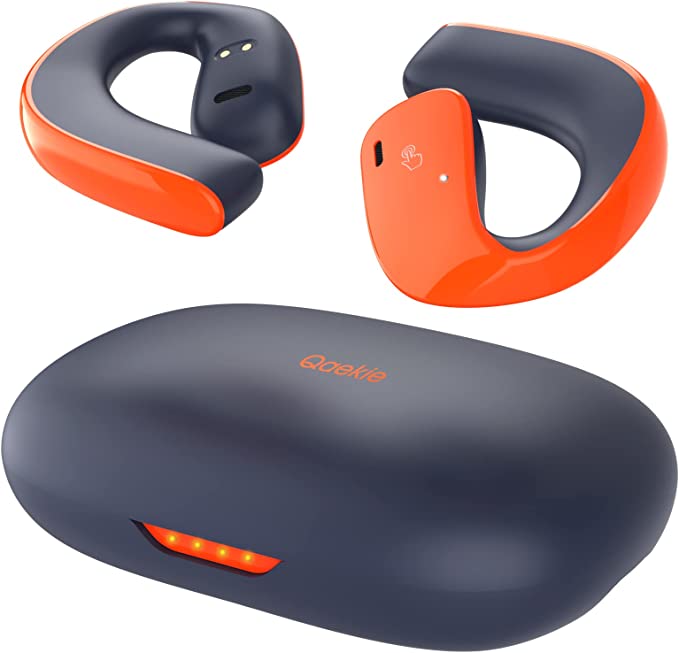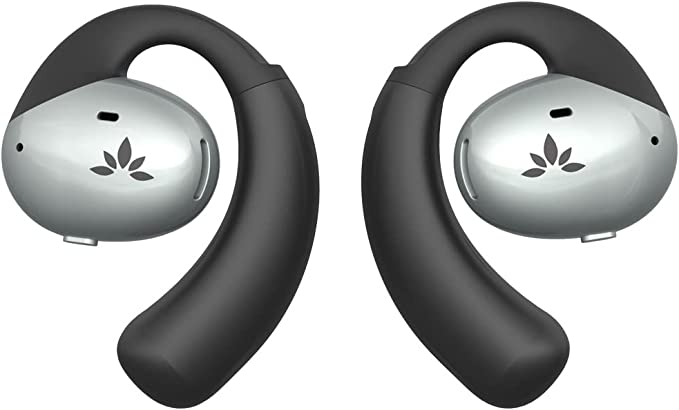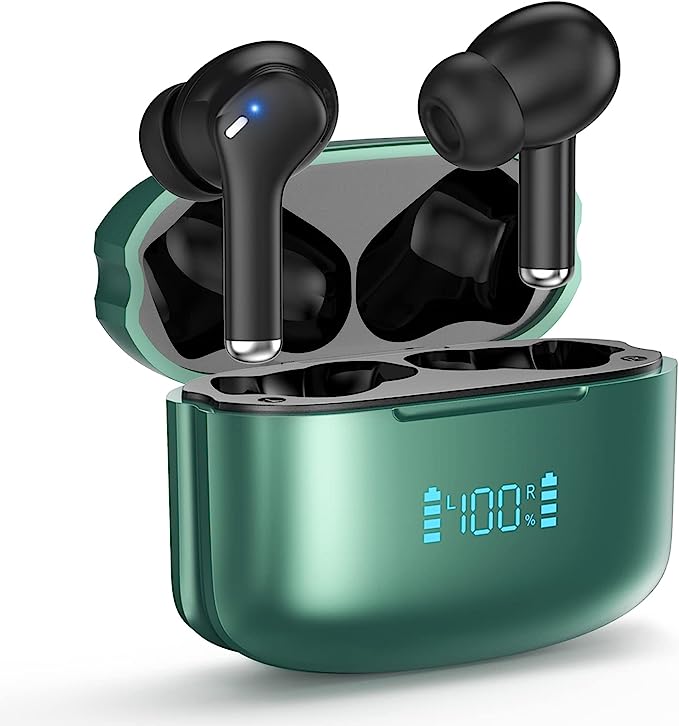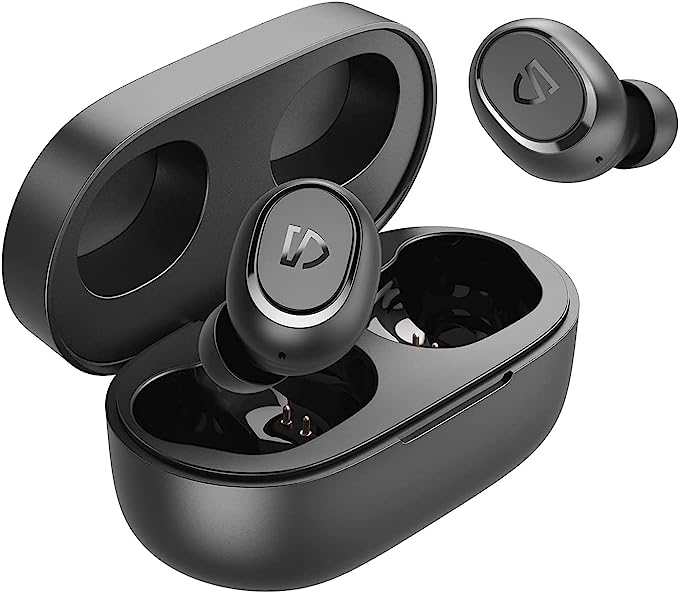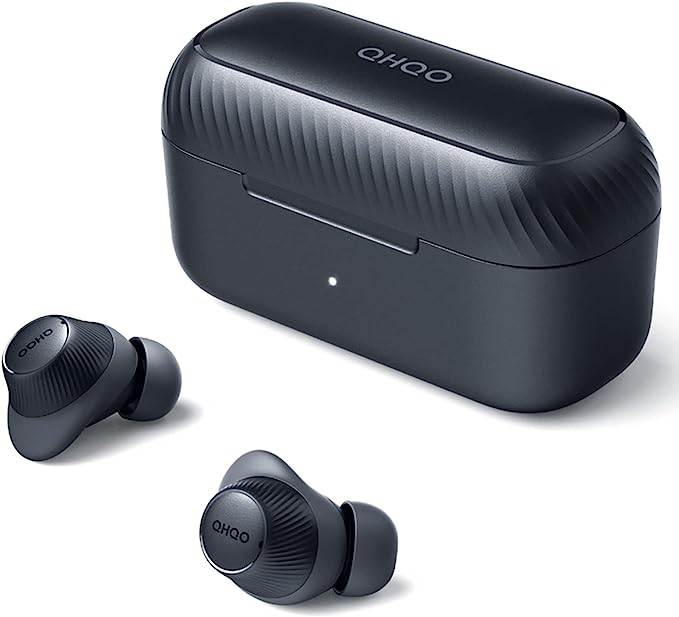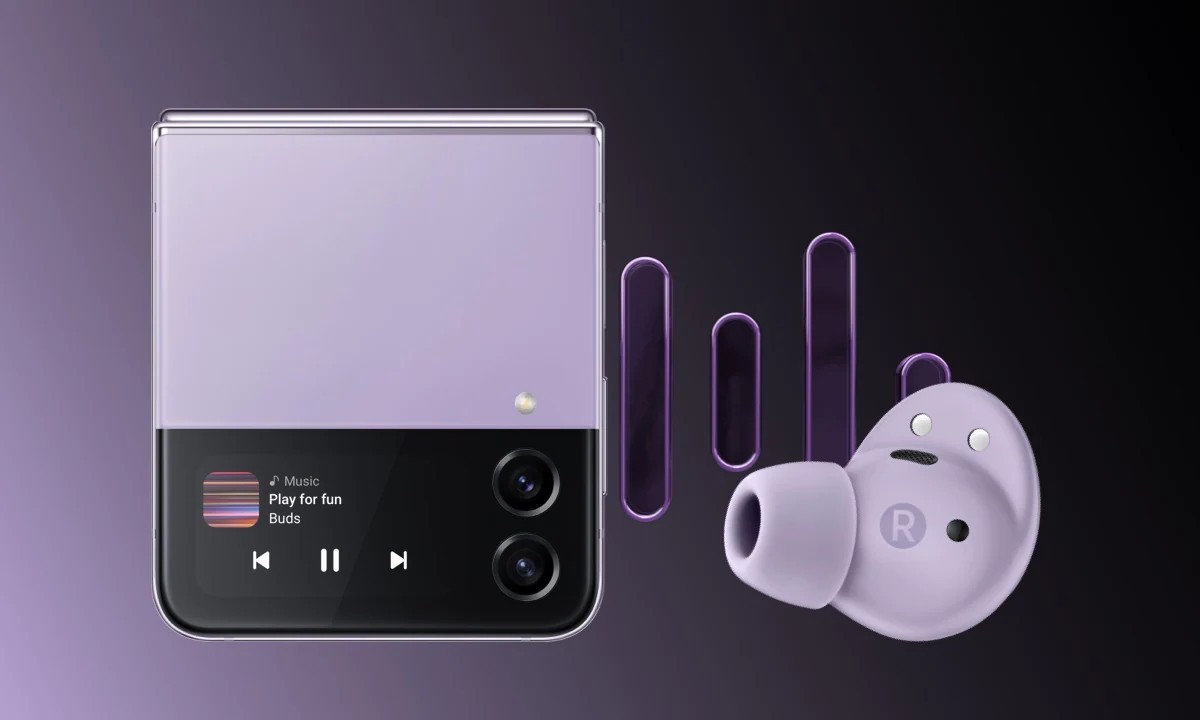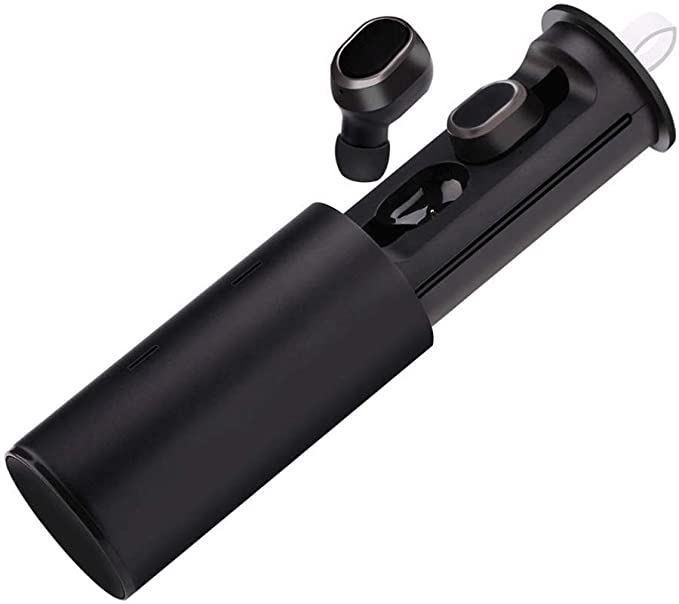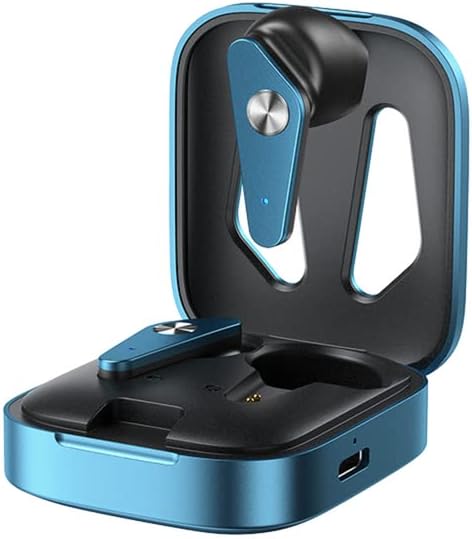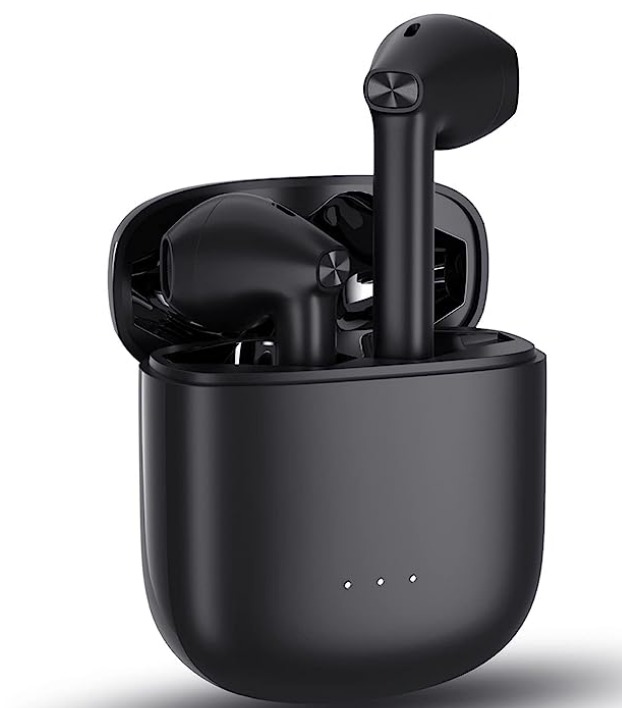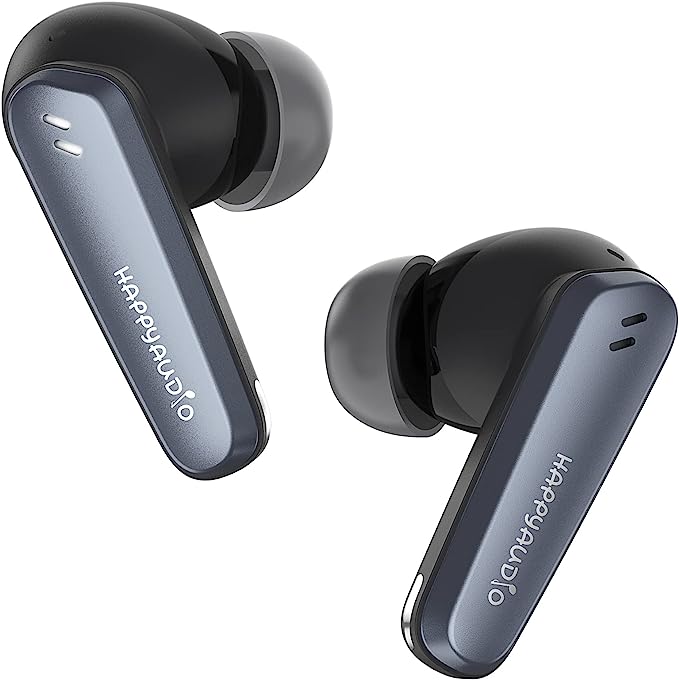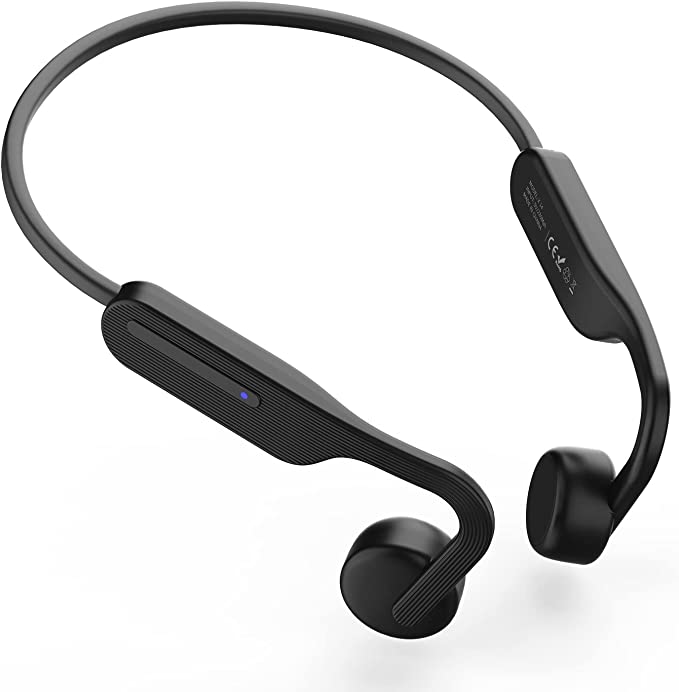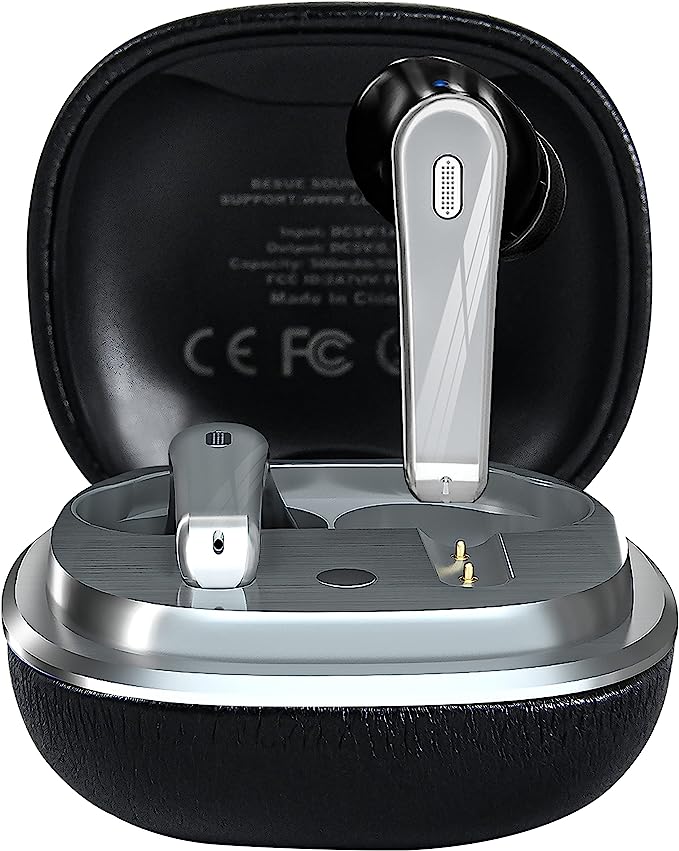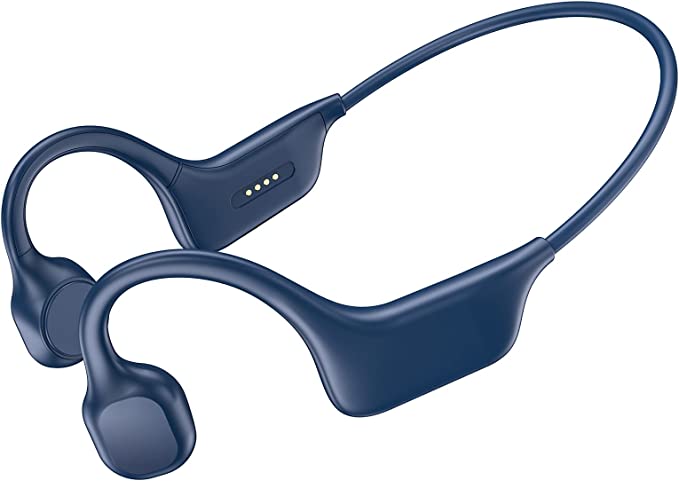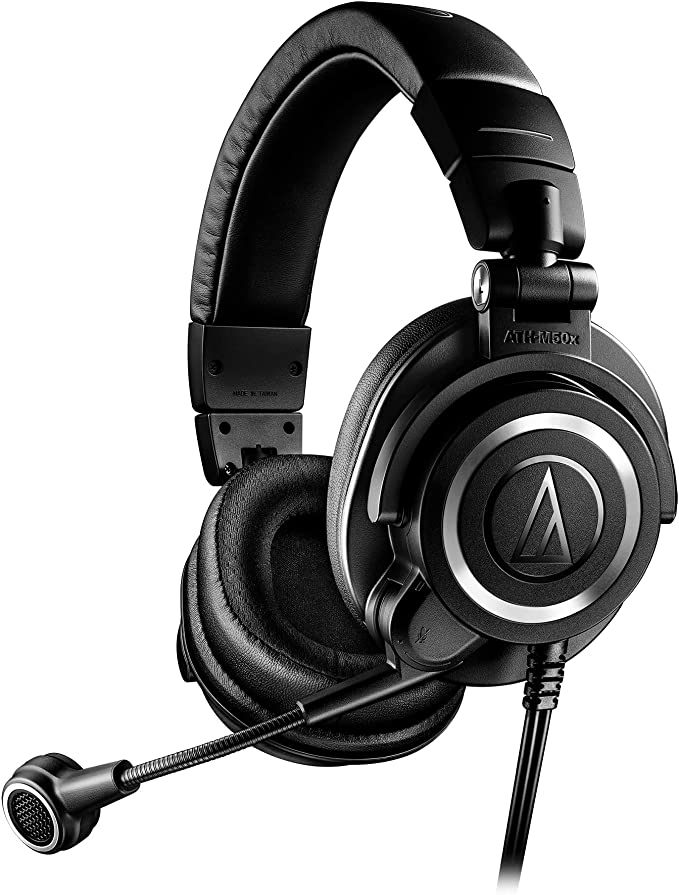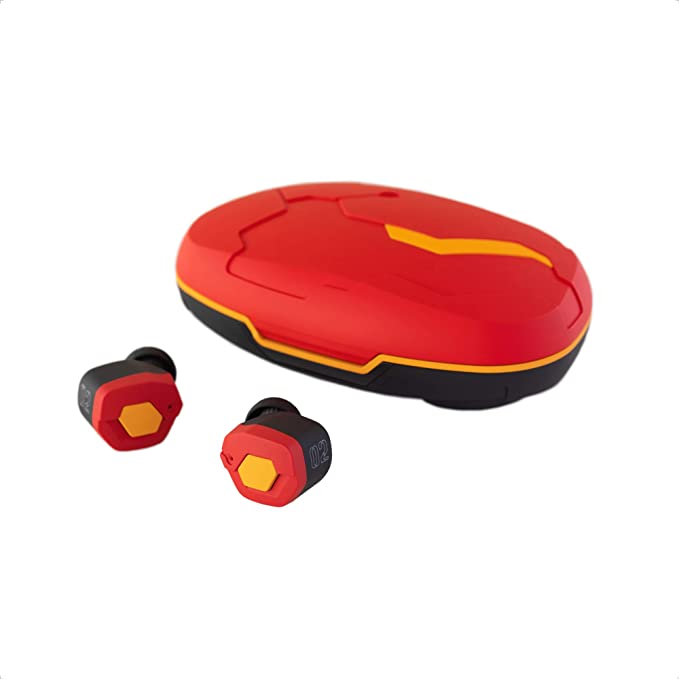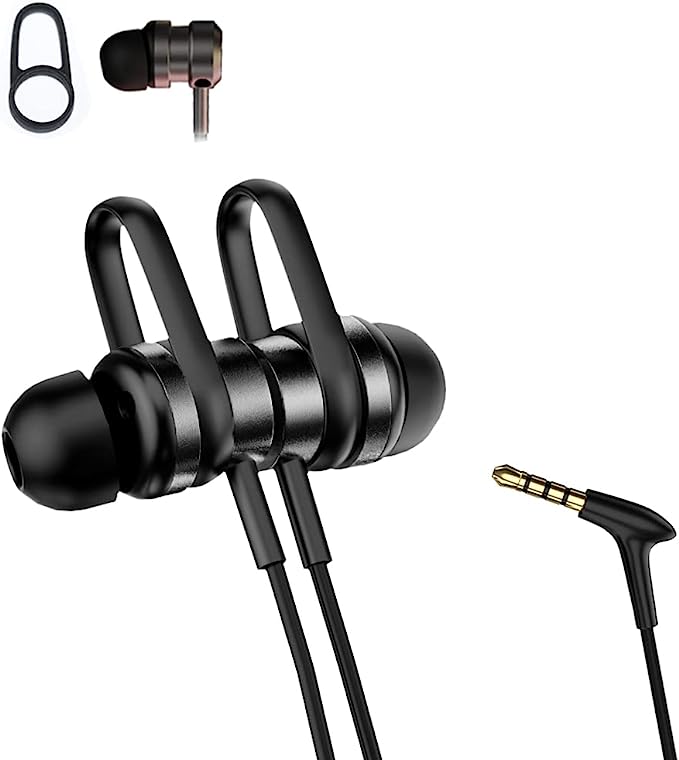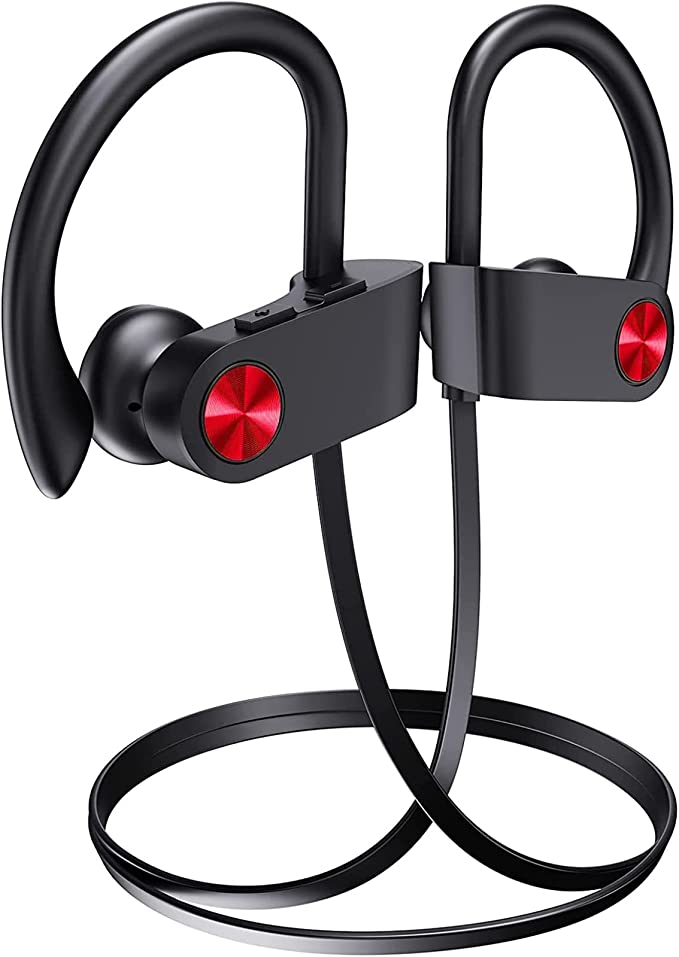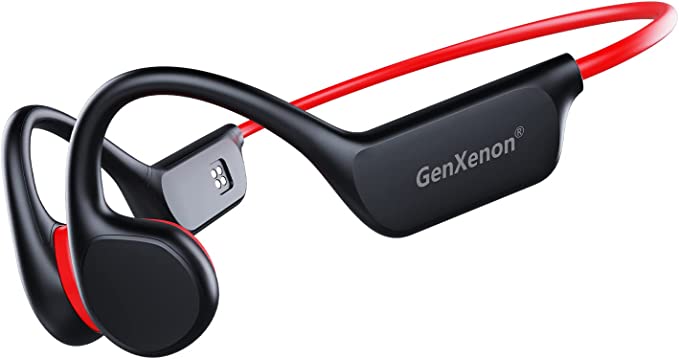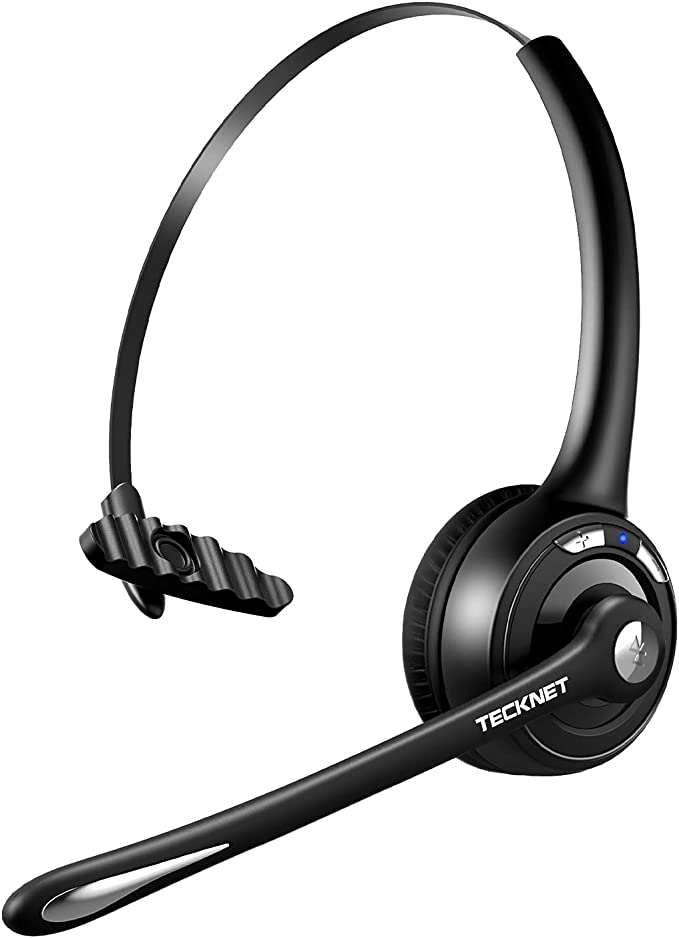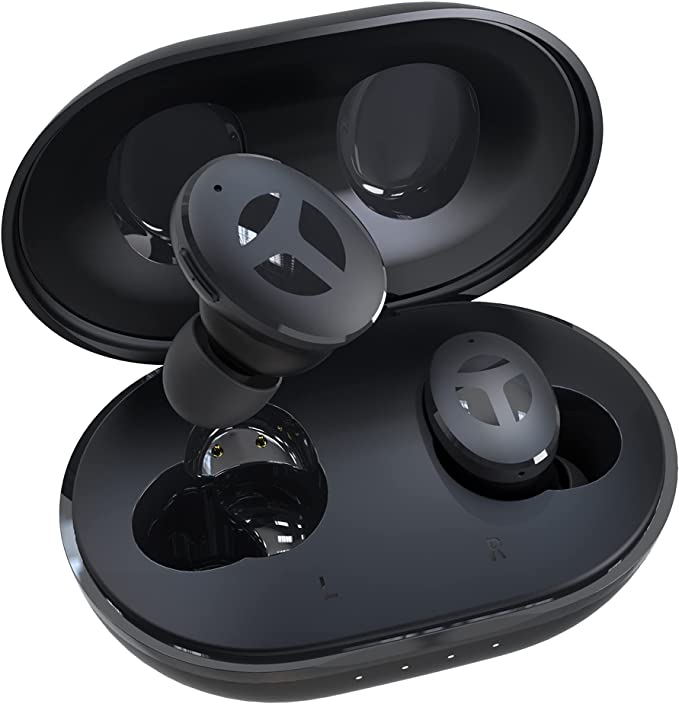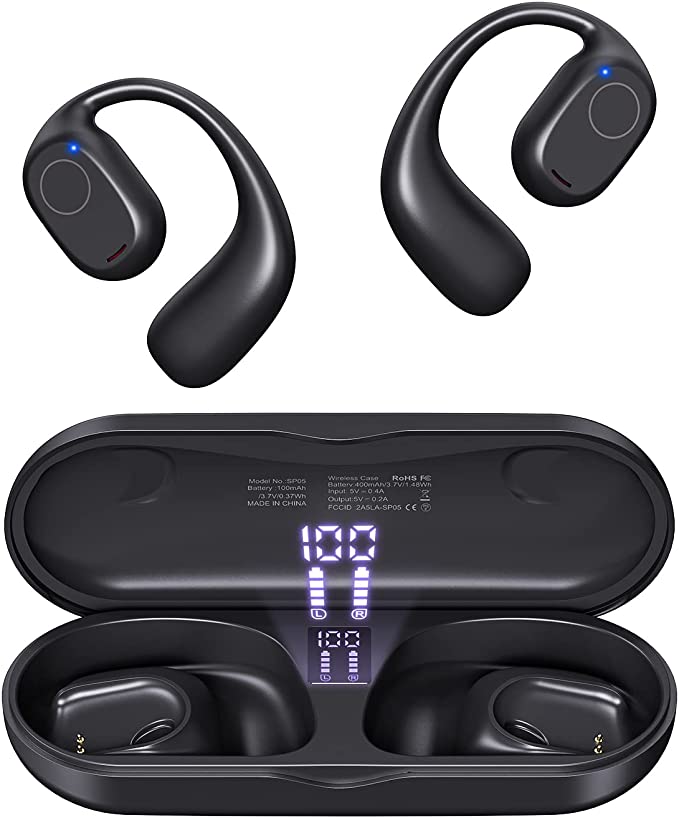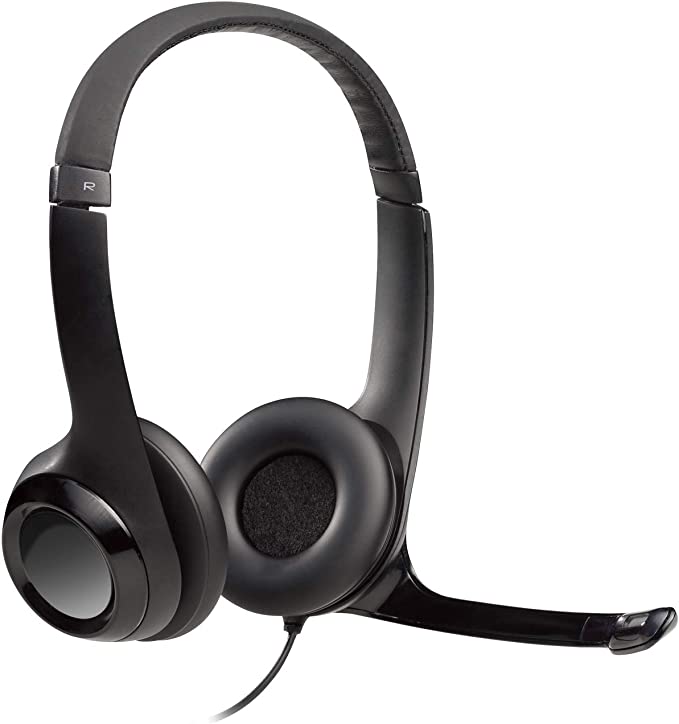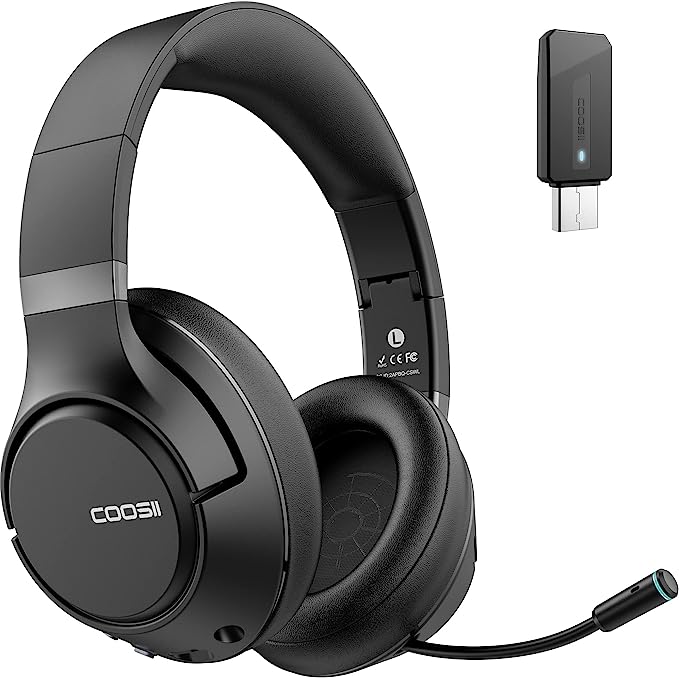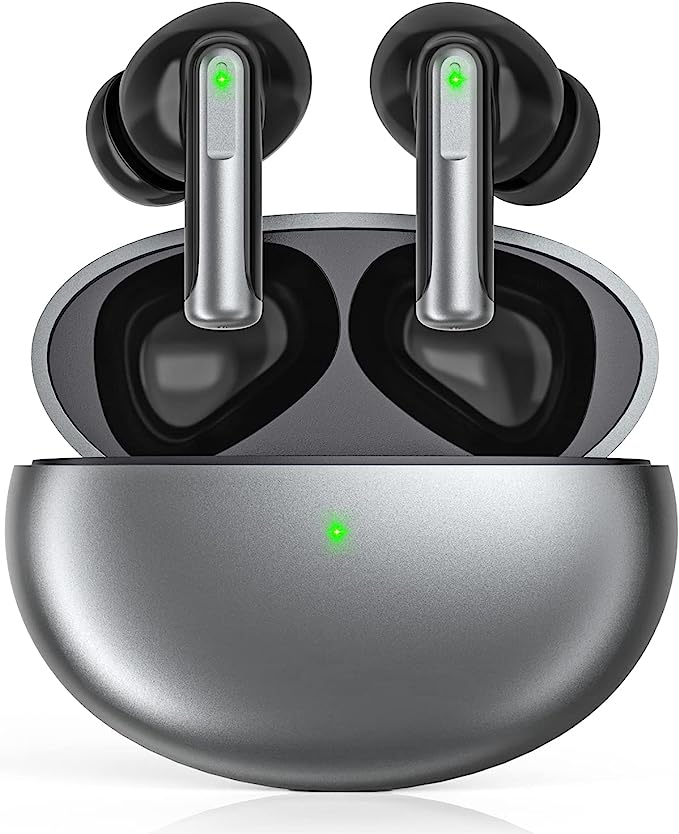Singing Machine ISM9022 Platinum Plus: Wi-Fi Streaming & Android Karaoke Explained
Update on Aug. 25, 2025, 9:30 a.m.
There’s a certain nostalgia to the old way of doing things. The satisfying clunk of a disc tray, the whir of a spinning CD+G, and the frantic flipping through a laminated songbook held together by sheer hope and sticky tape. For many, this was the ritual of home karaoke—a joyous, if sometimes clumsy, affair, tethered by tangled microphone cords and limited by the discs you owned. That era, however, has quietly faded, replaced by something that looks familiar on the outside but is an entirely different beast within.
This is not a review. Instead, consider this an expedition. We will place a modern specimen, the Singing Machine ISM9022 Platinum Plus, on our virtual workbench. Using it as our guide, we will journey past the marketing bullet points and into the core technologies that power today’s home entertainment. Our goal is to understand not just what it does, but how it does it, and more importantly, why it was designed that way. This is the story of the engineering, the physics, and the calculated compromises that bring the modern singalong to life.

The Command Center: An Operating System in Disguise
The most profound evolution in devices like these is the inclusion of a fully-fledged operating system (OS). The ISM9022 runs on Android 13, and while that might sound like the same software on your smartphone, it’s a crucial distinction. This is Embedded Android, a version tailored to perform a specific set of tasks on appliance-like hardware. Think of it less as a phone and more as a brain and central nervous system dedicated to one thing: entertainment.
This OS is the invisible hand behind the user experience. When a customer praises the “incredibly intuitive touch screen,” they are really complimenting the familiar, graphical user interface paradigms that Android provides. Tapping icons, swiping through lists, and connecting to a Wi-Fi network feel second nature because the underlying logic is the same one we interact with daily on our personal devices.
However, this is also where the first fascinating compromise appears. A user insightfully noted that the YouTube “app” redirects to a web browser. This isn’t a bug; it’s a choice rooted in the world of software licensing. To include the native, full-featured Google apps, a manufacturer must go through a costly and rigorous certification process for Google Mobile Services (GMS). By using a web wrapper—essentially a dedicated browser window for a specific site—a manufacturer can provide access to the service without the overhead of GMS certification. It’s a clever engineering and business trade-off: sacrificing the seamlessness of a native app for universal access at a manageable cost.

The Unseen Connection: From the Cloud to Your Voice
Modern karaoke is defined by a trinity of wireless connections, each serving a distinct purpose.
First is Wi-Fi, the gateway to a virtually infinite songbook. It connects the machine to the internet, allowing it to stream content directly from services like Spotify or YouTube. This single feature resolves the greatest limitation of the CD+G era. The technology works by receiving millions of tiny data packets containing audio and video, reassembling them in real-time to create a smooth playback experience. The “price” of this infinite library is, of course, the subscription fees and internet access that now underpin so much of our media consumption.
Second is the Radio Frequency (RF) transmission used by the two wireless microphones. Each microphone is a miniature radio station, converting the analog sound of your voice into a radio wave. The main unit acts as the receiver, tuning into that specific frequency and decoding the signal back into audio. This grants the freedom to roam and perform, a core part of the karaoke experience. The deliberate choice to power them with standard AAA batteries instead of built-in rechargeable cells is another classic trade-off. It keeps the initial cost down and avoids issues of battery degradation over time, but shifts the long-term running cost and responsibility to the user.
Finally, there is Bluetooth. It might seem redundant in a Wi-Fi-enabled device, but its role is different and complementary. While Wi-Fi connects the machine to the vast, impersonal cloud, Bluetooth creates a simple, short-range link to your personal devices. It’s the perfect tool for a friend who wants to quickly play a track from their phone’s playlist or use a niche app not installed on the machine itself. Together, these three technologies transform the device from an isolated island into a connected entertainment hub.

The Alchemist’s Booth: Sculpting Sound with Digital Sorcery
One of the most playful features of the ISM9022 is its suite of 22 built-in voice effects. This isn’t magic; it’s a powerful application of Digital Signal Processing (DSP). A dedicated DSP chip is a specialized microprocessor designed to do one thing incredibly well: perform mathematical calculations on digital signals at immense speed.
The process is an elegant dance of conversion and calculation. When you sing, the microphone converts the sound waves into an analog electrical signal. This signal is then instantly digitized, turning your voice into a stream of numbers. The DSP chip takes this stream and applies a chosen algorithm—a set of mathematical instructions. To create reverb, the algorithm simulates how sound waves would bounce off the walls of a concert hall by creating and layering thousands of tiny, decaying echoes. To shift your pitch, it alters the fundamental frequency of the signal. After the math is done, the new stream of numbers is converted back into an analog signal and sent to the speaker. This all happens so quickly that it feels instantaneous. These effects are less about professional vocal production and more about a digital spice rack, allowing you to add flavor, color, and a heavy dose of fun to your performance.
The Art of the Possible: Physics, Power, and Price
Ultimately, every feature and function is constrained by the physical world and a retail price tag. The ISM9022, at around $350 and weighing a substantial 16.74 pounds, is a masterclass in engineering trade-offs.
The most common critique from discerning users touches on a fundamental law of acoustics: a perceived lack of deep bass. This is not a flaw in quality but a consequence of physics. Powerful, low-frequency sound (bass) requires moving large amounts of air, which necessitates large, heavy speaker drivers and a spacious, carefully designed cabinet. To build a compact, all-in-one system at this price, engineers must prioritize. They have clearly optimized for the mid-range and high frequencies, where the human voice resides, ensuring vocal clarity. Achieving deep, resonant bass would require a larger, heavier, and significantly more expensive unit, or a separate subwoofer—an entirely different product category.
Similarly, the decision to forego an internal battery is a deliberate choice dictated by cost and weight. A lithium-ion battery capable of safely powering a large screen, amplifier, and speakers for even a couple of hours would be large, heavy, and expensive, pushing the product into a different price bracket and use case. The design squarely targets it as a “transportable” home device, not a “portable” field unit. The inclusion of a modern Type-C power adapter speaks to its contemporary design, but its reliance on a wall outlet defines its territory.
Perhaps the most crucial port for its intended purpose is the HDMI output. This single connection is the bridge that turns a personal singing device into the centerpiece of a party, splashing lyrics across a large television for everyone to join in. It’s a feature that acknowledges the communal, social heart of karaoke.
In the end, the Singing Machine ISM9022 is more than just a karaoke machine. It is an artifact of our time—a dense package of software intelligence, wireless connectivity, and digital processing, all carefully balanced against the unyielding constraints of physics and economics. It shows us how far we’ve come from the simple disc-spinners of the past. But more importantly, it reminds us that all this complex technology serves a simple, timeless human purpose: the pure, unadulterated joy of sharing a song.
